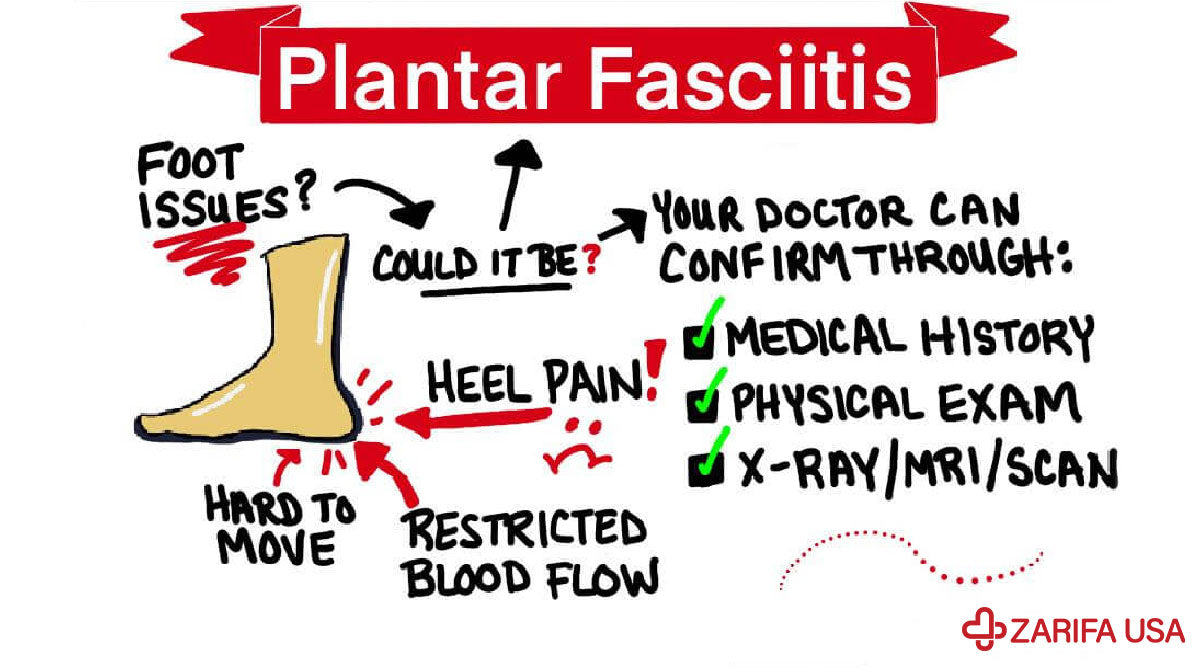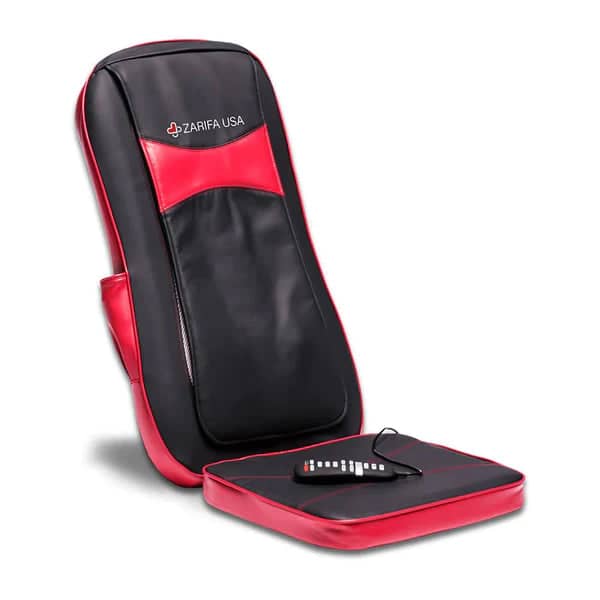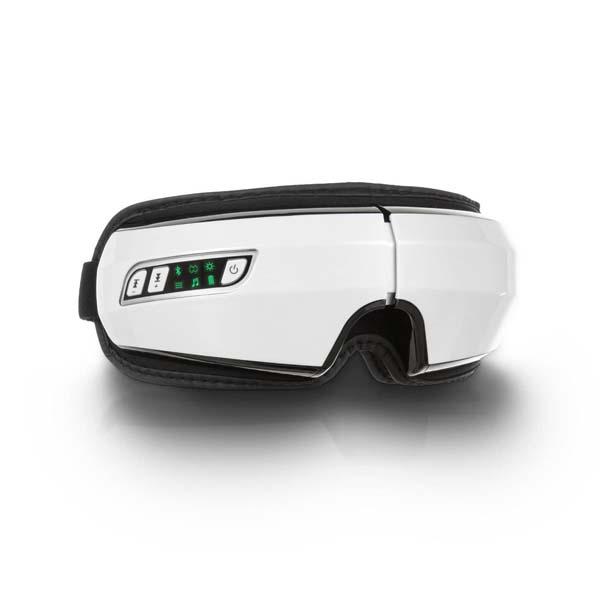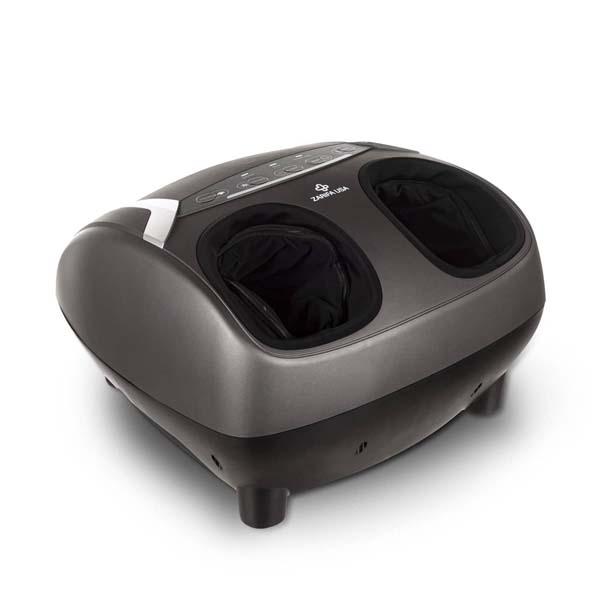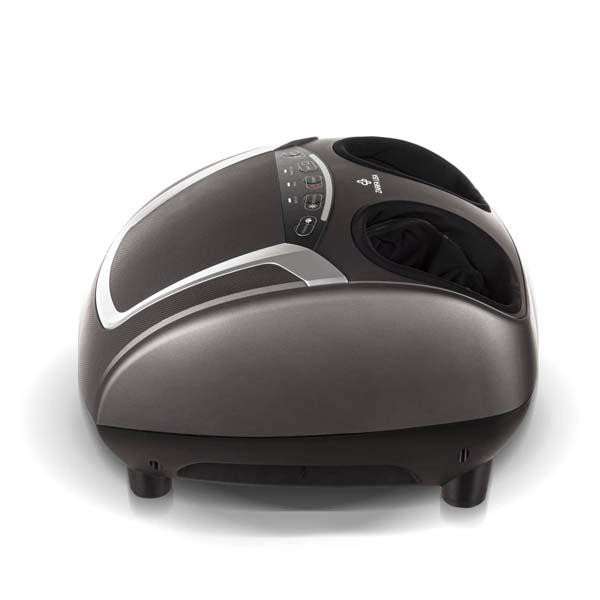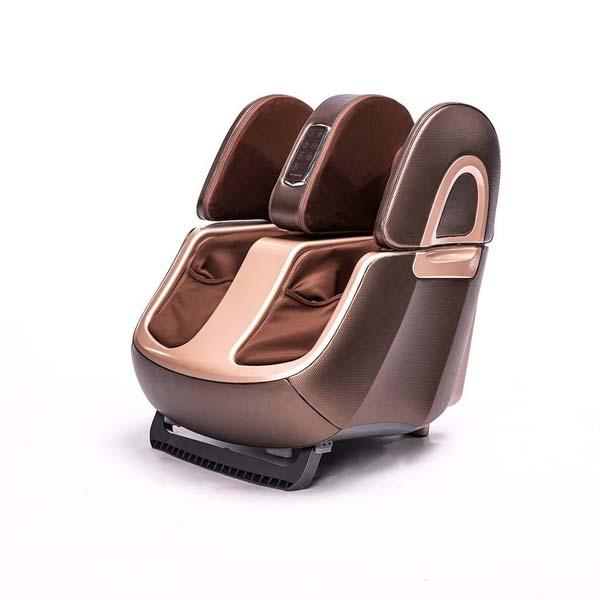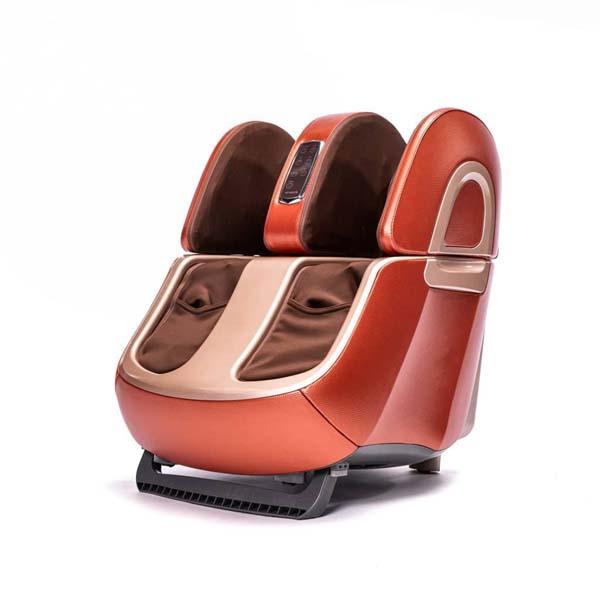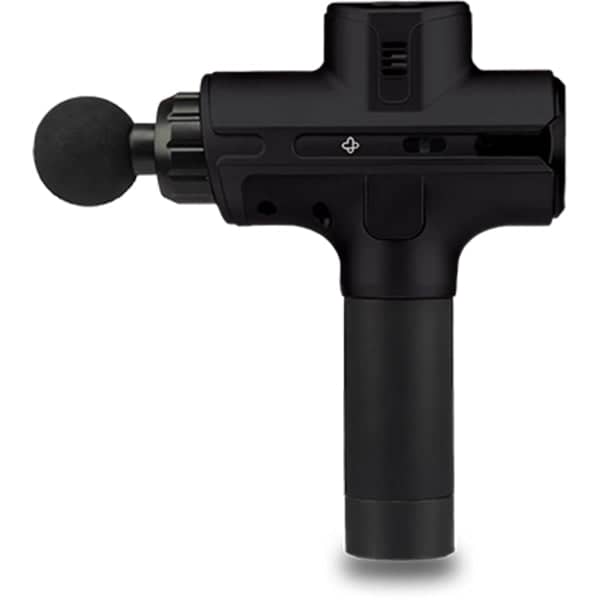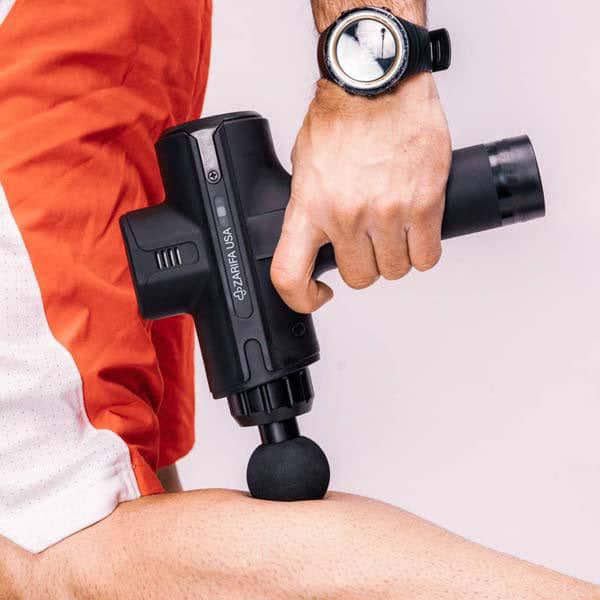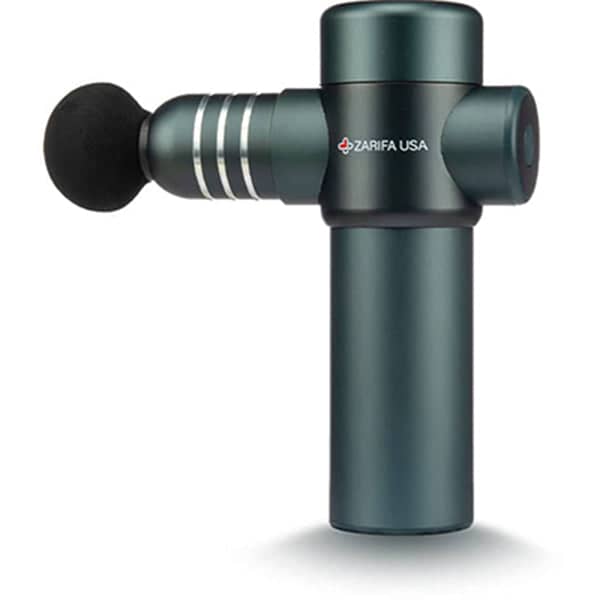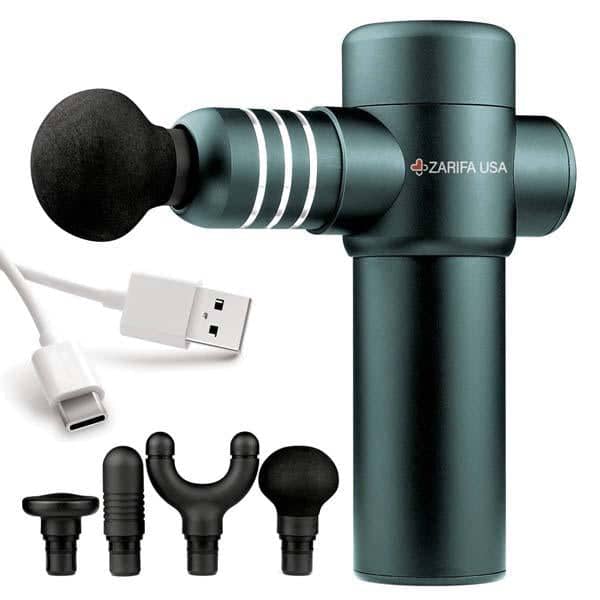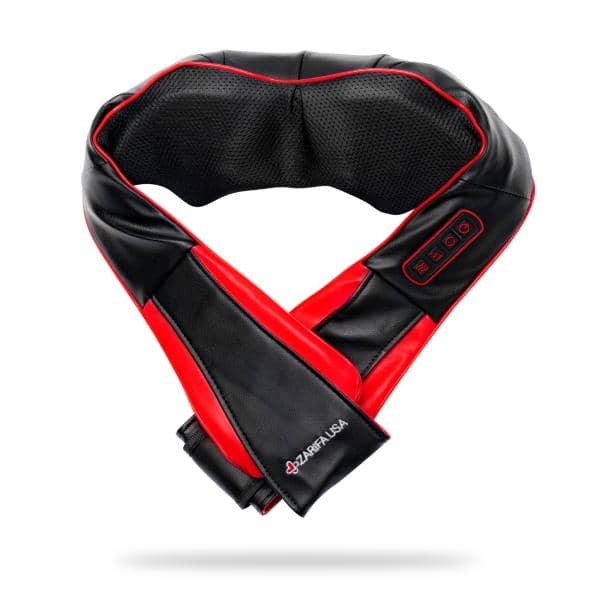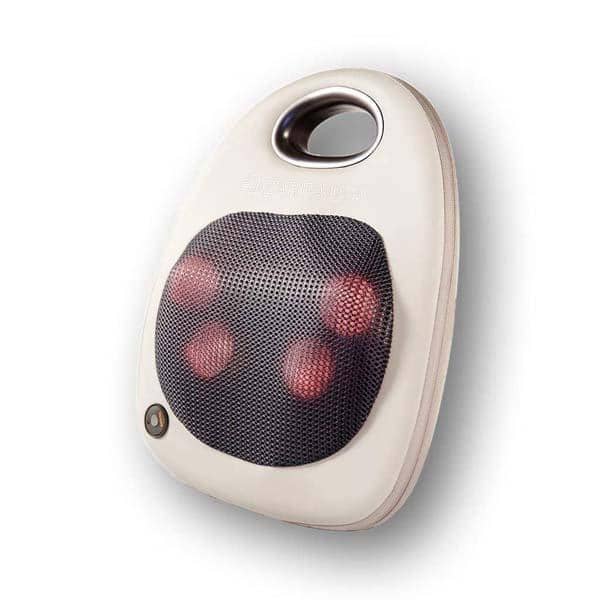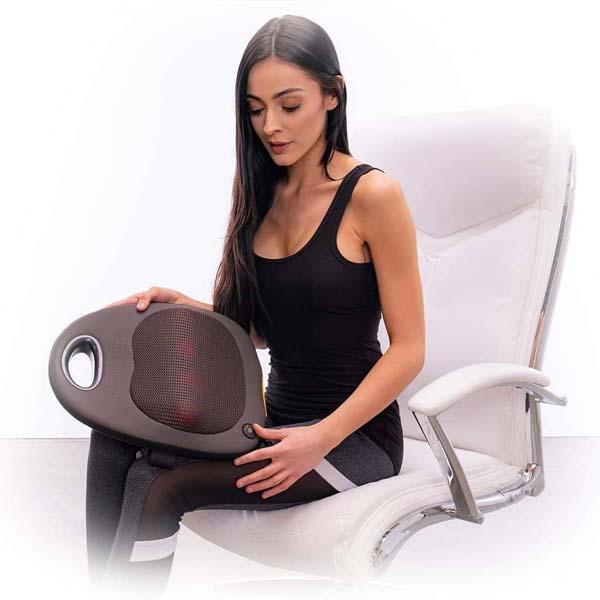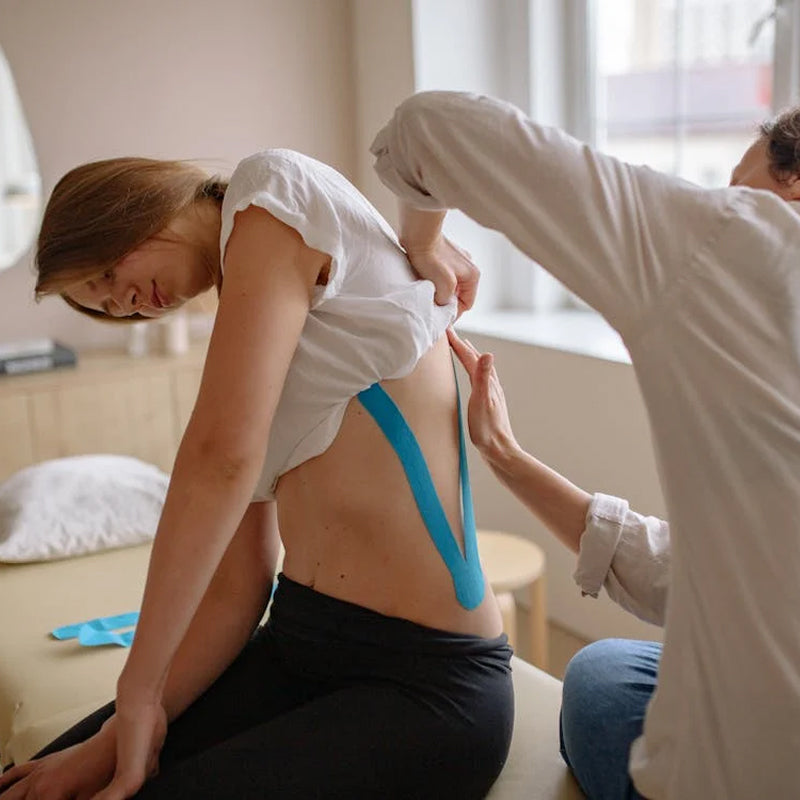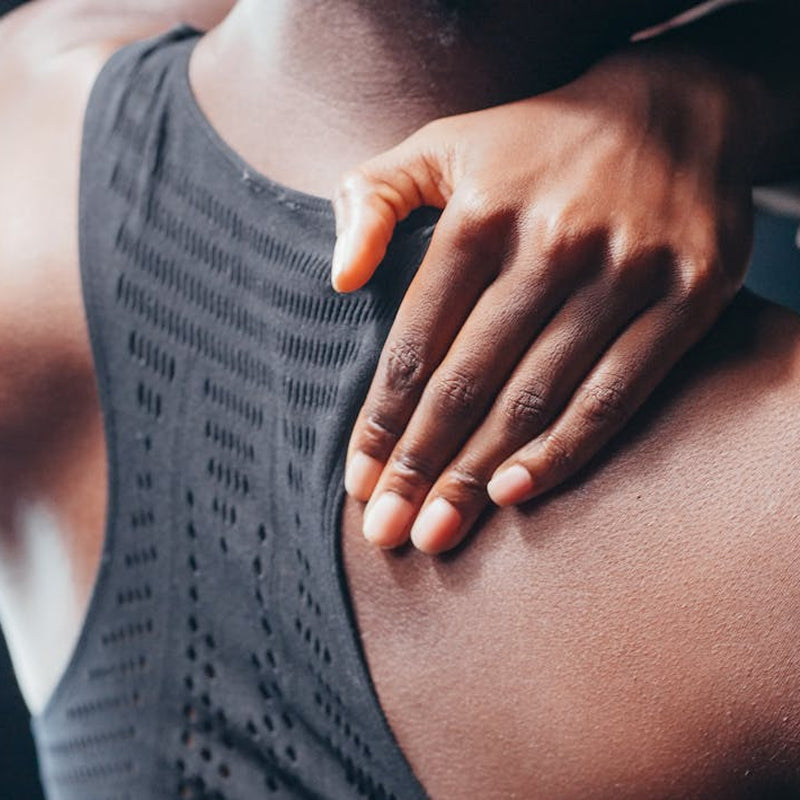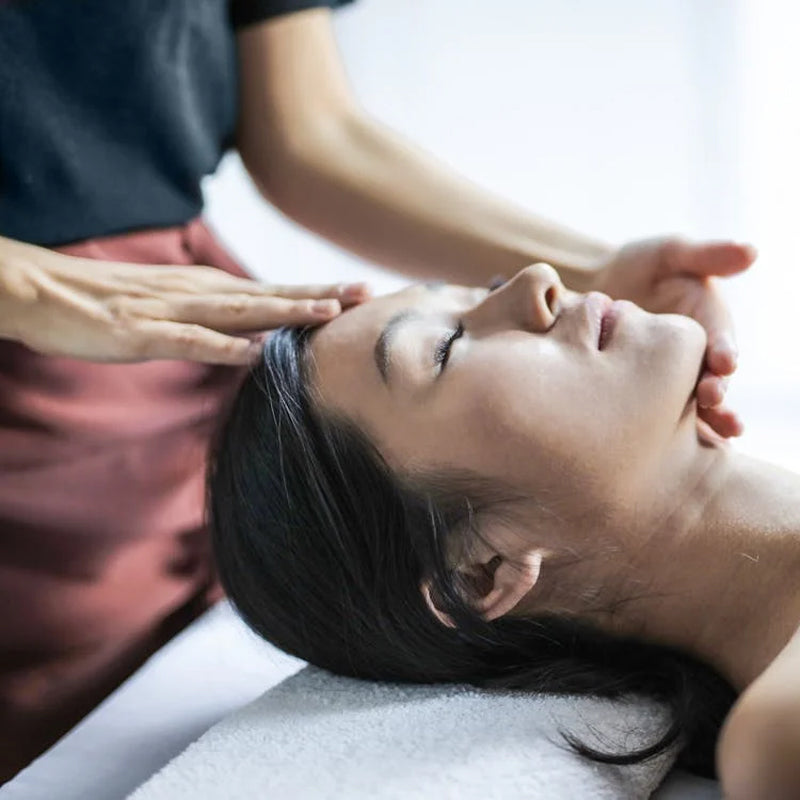Plantar fasciitis seems like a complicated term, but the condition itself is extremely common. It is one of the most common causes of heel pain. The restriction of blood flow can affect muscles and hinder movement. Many people experience heel pain and want quick relief. Fortunately, a massage gun for plantar fasciitis relief is an amazing innovation that can help those struggling with the condition.
Read more about how to use HSA/FSA!
Plantar fasciitis is the inflammation of the tendon or muscle that runs along the heel. The inflammation occurs due to various injuries or irritation of the fascia. Causes of plantar fasciitis include the following:
-
Spurs
-
Excessive weight-bearing
-
Prolonged standing
-
Accidents
Treatment For Plantar Fasciitis
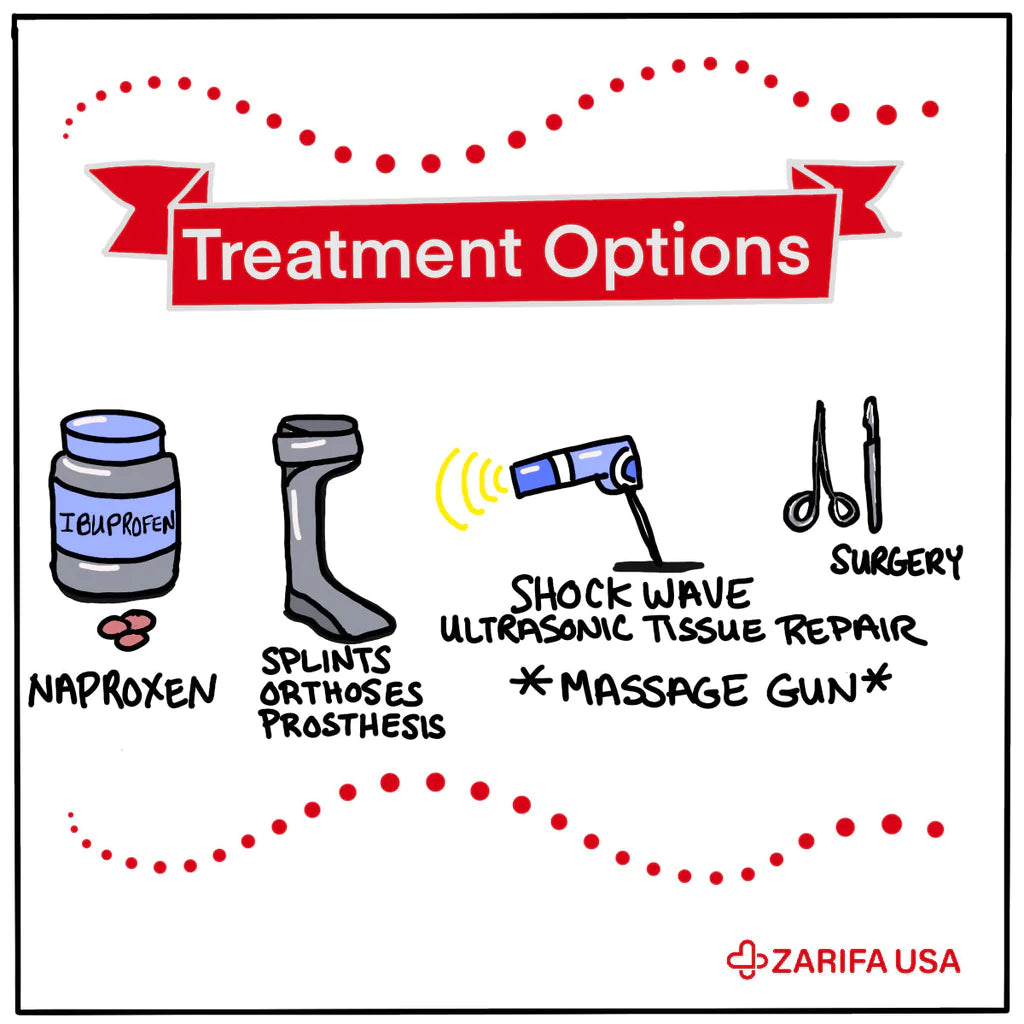
According to Mayo Clinic, the following is the sequence of diagnosing plantar fasciitis.
-
Examine medical history and activity
-
Physical examination
-
Imaging, X-ray, MRI, and CT scan
Prompt treatment for plantar fasciitis is important. Treating plantar fasciitis quickly not just helps you recover the damage but also helps prevent new possible complications.
Physicians usually follow a specific sequence for treating and managing plantar fasciitis. These treatments include the following:
-
Pain relief medication: naproxen and ibuprofen
-
Physical therapy
-
Splinters
-
Orthoses
-
Prosthesis
-
Shock wave therapy
-
Ultrasonic tissue repair
-
Surgery
If you do not handle it or leave it unattended, you might cause permanent damage to your feet. Harm to the plantar fascia rises with the weight and walking effort.
Aside from medical treatment plans, one can use various methods and lifestyle changes to reduce pain. You can lose weight, choose shoes that support your heel, avoid long hours of standing, or even change your job. You can rely on simple exercises to stretch your plantar fascia, Achilles tendon, and surrounding muscles. Last but not least, you can also consider massage for plantar fasciitis to relieve pain.
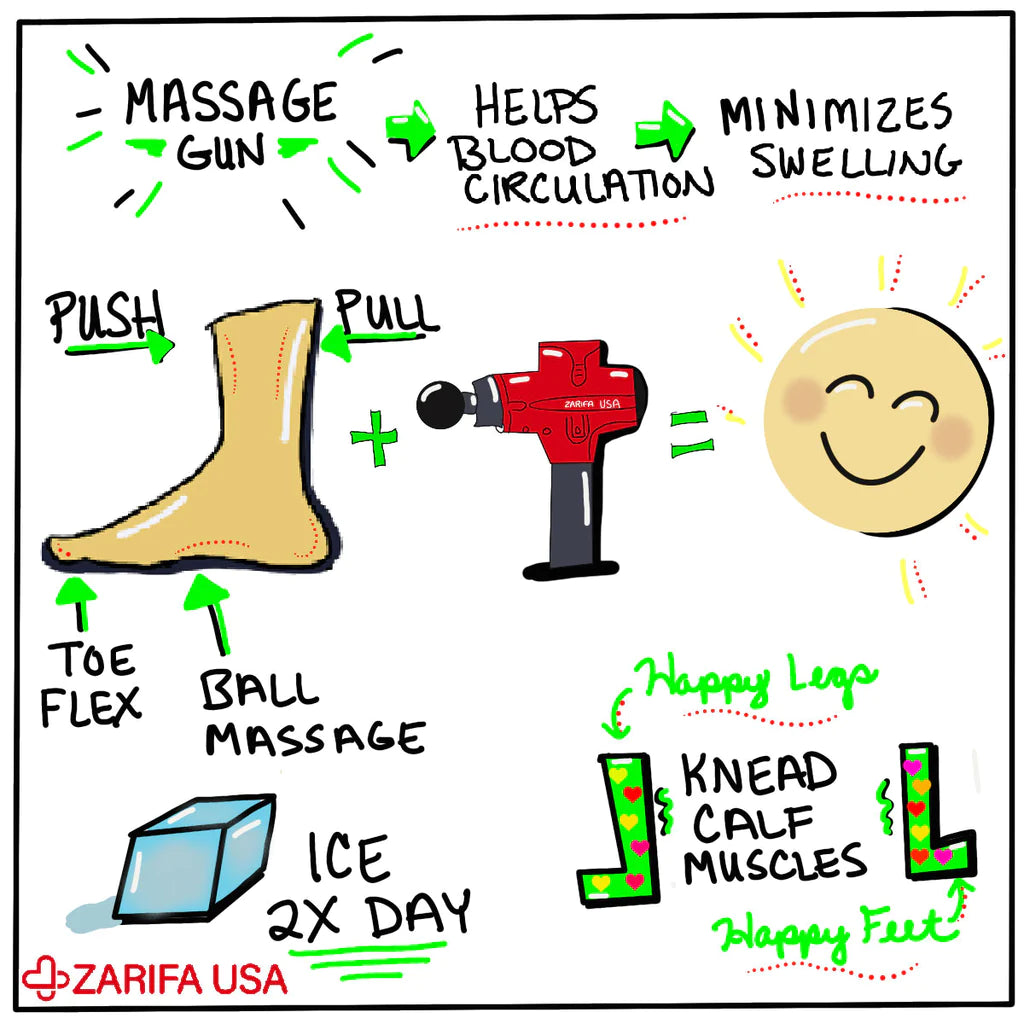
Incorporating regular use of a massage gun into the treatment regimen for plantar fasciitis can significantly enhance pain management and recovery. The convenience of a handheld device allows for targeted therapy right at home, which is not only cost-effective but also highly beneficial for continuous, routine care.
Tailored Treatments and Flexibility
With the adjustable settings of a massage gun, users can fine-tune the intensity and speed to match their comfort levels and specific needs. This flexibility ensures that individuals can respond to changes in their symptoms over time, adjusting the treatment as their condition improves or as they experience fluctuations in pain levels.
Long-term Benefits and Preventative Care
Over time, consistent use of a massage gun may also help in preventing the recurrence of plantar fasciitis by keeping the muscles and fascia in the foot supple and well-circulated. This preventative approach is crucial for those who have experienced multiple episodes of plantar fasciitis or who are at high risk due to their lifestyle or physical demands.
Integration with Other Therapies
For optimal results, it is recommended to integrate the use of a massage gun with other therapeutic practices such as stretching, strengthening exercises, and proper footwear. This integrated approach can help address the underlying causes of plantar fasciitis, not just the symptoms, providing a more comprehensive treatment solution.
Educational Resources and Support
To maximize the benefits of using a massage gun for plantar fasciitis, individuals should seek guidance on the proper techniques and routines. Many manufacturers offer instructional materials and support to ensure users are getting the most out of their devices safely and effectively.
Significance and benefits of using a massage gun for plantar fasciitis
A massage gun works by producing vibrations that improve blood circulation and release muscle tension. Massage for plantar fasciitis is simply repeated pressure to the fibrous tissue on the underside of the foot. Massage therapy is a wonderful treatment for alleviating pressure.
Deep tissue massage is the technique of choice for foot pain associated with plantar fasciitis. Deep tissue massage is especially effective because it eases the tendons, ligaments, and fascia that have become stiff over time.
With most cases of plantar fasciitis, the fibrous bands in the feet have been extended over time to the point of cracking. Thus, it is important to strengthen the feet and lower legs. It's important to exercise the calf muscles with massage to help plantar fasciitis.
Extensive research is available on the massage therapies employed to release heel pain. A scientific study done in 2018 studied the beneficial effects of myofascial release, deep massage, and joint mobilization. The results were moderately positive in the short term.
Deep soft tissue massage has proven to be effective in treating plantar fasciitis. Some studies also found massage therapies through muscle massage guns to be superior to surgical techniques for relieving pain and reducing inflammation.
Percussion massage guns work through various methods to minimize swelling and increase blood circulation.
Soft Pulls Method for Plantar Fasciitis Relief
Many people develop plantar fasciitis, a common condition that affects a significant portion of the population. Addressing it early is crucial to prevent chronic heel pain, which can negatively impact walking and may require surgery if left untreated.
This plantar fasciitis massage includes pulling the fascia towards the left and right simultaneously. Put the massage gun in the middle of your sole and slide it left and right and continue to repeat the motion for about 2-4 minutes. Increase or decrease the pressure as required.
2. Soft pushes method
This method includes lying down in bed and using one hand to grab the affected foot and using the other hand to lightly push on your sole. This helps alleviate plantar fasciitis pain by reducing tension on the plantar fascia. One can easily give this massage to themselves once or twice a day to see great results. The motion of the massage gun should be heel to toe. Try to go over your foot multiple times to effectively reduce the tension on your fascia. You can also use your fist to knead the sole.
Toe flex massage for plantar fasciitis pain
You can add a little toe flexion to your regular hand-to-heel or heel-to-toe massage. This method can help alleviate symptoms of plantar fasciitis, such as pain on the bottom of the foot near the heel, stabbing or bruise-like sensations, and increased pain with weight-bearing activities, and treat plantar fasciitis. You can also use the massage gun to move the toe around in circles.
4. Ball massage
Another common method of massage for plantar fasciitis relief is the lacrosse ball method. Healthcare providers diagnose plantar fasciitis through physical exams, discussions of symptoms and activities, and imaging tests like X-rays and MRIs, which can help alleviate plantar fasciitis symptoms. Massage guns have a spherical attachment on the front that does the job perfectly.
For this method, you should put a ball under the arch of your foot. You use your body weight or the mechanical power of a massage gun to shift pressure on the ball. This relaxes your fascia. Start with minimal pressure and then increase pressure slowly to your comfort level.
Ice massage for heel pain
This massage is best done twice a day. Heel spurs, which are bony growths on the heel bone, can be related to the tension on the insertion of the plantar fascia. Place an ice cube under your foot. Roll the massage gun back and forth for a few minutes. This reduces inflammation and pain.
Kneading the calf muscles for relief
Calf muscles connect with your ankle and foot bones to support their movement. The calf muscles are susceptible to tightness. Massaging the calf muscles can reduce foot pain by a great deal. However, it's important to be aware of the potential risks of cortisone injections, such as weakening the plantar fascia, which can lead to a rupture, resulting in flattening of the foot and chronic pain. Work your massage gun up and down your calf muscle. Your massage gun will rub your calf’s gastrocnemius and soleus muscles.
Read more: What is Percussive Therapy and How It Helps Your Muscle?
Bottom line
In conclusion, mechanical massage therapy has been known to provide several benefits. Scientific studies have reported the benefits of massage therapy for people with plantar fasciitis. The effects are instantaneous and enhance the quality of life.
In addition to massage therapy, using night splints can prevent morning pain and stiffness by stretching the plantar fascia while you sleep, and wearing supportive shoes with thick soles and extra cushioning can reduce pain with standing and walking.
A massage gun for plantar fasciitis relieves the crippling pain and makes movement easier and more comfortable. Pressure on the fascia reduces the inflammatory factors and makes it less stiff. This is why if you are someone who is suffering from plantar fasciitis, you should try these mechanical massagers.
All Zarifa USA products are HSA and FSA-eligible. This means you can contribute your health savings funds towards the purchase of any of our products!
Read More: Massage Gun for Cellulite

